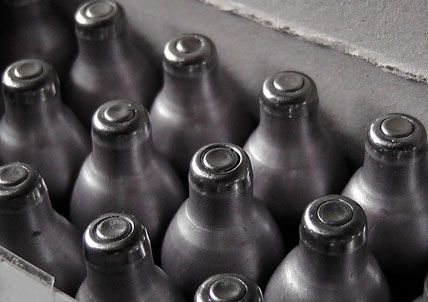
Speak with one of our qualified Treatment Advisers
Call Now
1-800-296-3484 Immediate help, 24/7
The abuse of any inhalant is extremely dangerous, and these chemicals are highly addictive. When this type of abuse is not addressed, many people permanently damage brain cells as they fall deeper into their addictions. While inhalants are not quite as common as other types of drugs, they can be just as deadly.
Inhalant abuse tends to take place within communities that are relatively isolated and do not have access to other dangerous substances. One of the reasons why they are so dangerous is because they are highly addictive. Within a short period of time, those who abuse these substances can develop a physical and psychological dependency.
After they have developed a tolerance to the inhalants, addicts might feel as if they cannot stop abusing them no matter what they try to do. These substances are also incredibly easy to acquire in most towns. Unlike illicit drugs and prescription medication, inhalants can often be purchased in home improvement stores or found in an individual's garage.
Inhalants are generally volatile and flammable materials that become an indistinct vapor when they are released into the air. Even though the effects only last for a short period of time, many people equate the experience to drinking alcohol. The chemicals alter the user's state of mind and impact how they perceive the world around. Inhalants are also called laughing gas, huff, hippie crack, and whippets. Some medications such as nitrites are abused as inhalants because they relax the muscles.
Common inhalants include:
“Huffing” is the most common way to abuse inhalants. This is generally accomplished by soaking a piece of cloth in the inhalant, covering one's mouth, and then breathing the fumes. Others inhale the substances directly from the bottle or can. Most users experience an altered state of mind, and many even hallucinate.
Some of the side effects include:
As of 2012, the vast majority of people who abuse inhalants are around the age of 17. Unlike many other drugs, the use of any inhalants is seen as abuse because these substances severely damage an individual's brain. Fatal overdoses are very common, and mixing inhalants with any other chemicals can result in labored breathing, unconsciousness, and asphyxiation.

For immediate help, 24/7
Please call us!
© Copyright findaddictiontreatments.com 2025 All Rights Reserved.